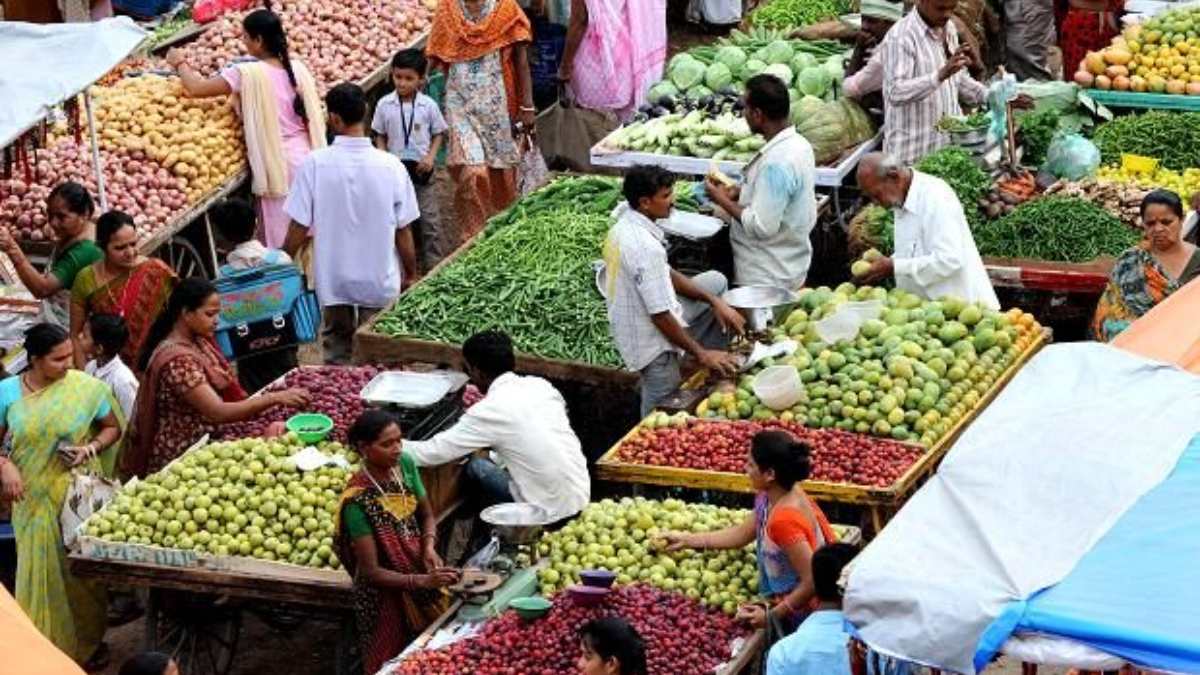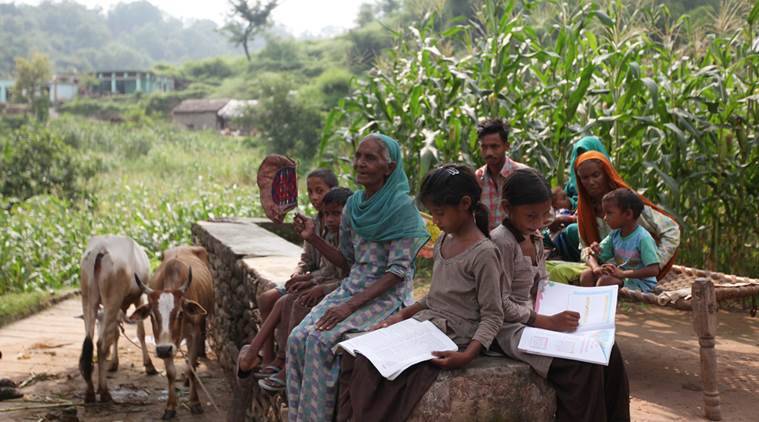The word “rural development” encompasses a wide range of activities. It primarily focuses on taking action to develop regions that are falling behind in the village economy’s overall development. Some of the locations in rural India that are difficult to develop and require new initiatives include:-
- Development of human resources including
- Literacy, more specifically, female literacy, education, and skill development
- Health, addressing both sanitation and public health
- Land reforms
- Development of the productive resources of each locality
- Infrastructure development like electricity, irrigation, credit, marketing, transport facilities including construction of village roads and feeder roads to nearby highways, facilities for agriculture research and extension, and information dissemination
- Special measures for alleviation of poverty and bringing about significant improvement in the living conditions of the weaker sections of the population emphasize access to productive employment opportunities.
All of this means that people in rural regions engaged in agricultural and non-farm activities must be supplied with a variety of tools to assist them to boost their production. They must also be provided an opportunity to diversify their production activities outside of farming, such as food processing. For quick rural development, it is also necessary to provide them with better and more inexpensive access to healthcare, sanitation facilities at work and at home, and universal education.

Despite the fact that the agriculture sector’s contribution to GDP has decreased, the population relying on it has not changed significantly. Further, following the implementation of reforms, the agriculture sector’s growth rate slowed to 2.3 percent per year in the 1990s, which was lower than in previous years. The fall in public investment after 1991, according to academics, is the main explanation behind this.
Inadequate infrastructure, a slew of alternative employment alternatives in the manufacturing or service sectors, rising casualization of employment, and other factors, they claim, all stymie rural development. The consequence of this phenomenon may be seen in the growing anguish of Indian farmers in many sections of the country. Agriculture output increased by 3.2 percent between 2007 and 2012. In light of this, we’ll examine some of the most important features of rural India, such as credit and marketing systems, agricultural diversification, and the significance of organic farming in fostering long-term development.’
Credit in Rural Areas
The rural economy’s growth is mostly dependent on capital infusions from time to time in order to achieve improved productivity in the agriculture and non-agriculture sectors. Farmers borrow from many sources to pay their initial investment in seeds, fertilizers, implements, and other family expenses such as marriage, death religious rites, and so on because the gap between crop sowing and realization of money after production is rather considerable.

Moneylenders and traders exploited tiny and marginal farmers and landless laborers at the time of independence by lending to them at excessive interest rates and manipulating their accounts to keep them in debt. After 1969, when India adopted social banking and a multiagency approach to fully satisfy rural credit needs, a huge shift occurred. Later, in 1982, the National Bank for Agriculture and Rural Development (NABARD) was established as an apex entity to coordinate the activities of all rural financial institutions.
The Green Revolution foreshadowed significant changes in the credit system since it resulted in the diversification of rural credit portfolios toward production-oriented lending. Commercial banks, regional rural banks (RRBs), cooperatives, and land development banks are among the multi-agency institutions that make up the rural banking system today. They should be able to provide appropriate credit at lower rates. Recently, self-help groups (hence referred to as self-help groups) have formed to fill a void in the official social and communal development of rural communities.
Due to the requirement of some form of collateral, a large number of poor rural households were immediately shut out of the credit system. Self-help clubs encourage small-scale thrift with a minimum contribution from each member. Credit is granted to needy members from the pooled funds, to be repaid in modest installments at a moderate interest rate.
More than 7 lakh self-help organizations were reportedly credit-linked by the end of March 2003. Micro-credit programs are the broad term for such credit options. Women’s empowerment has been aided by self-help groups. It is said that the loans are primarily for personal consumption.
Rural Banking – A Critical Appraisal
Especially after the green revolution, the rapid expansion of the banking system had a positive impact on a rural farm and non-farm productivity, revenue, and employment, as it enabled farmers to access services, credit facilities, and a variety of loans to suit their production demands.
Famines have become a thing of the past; we now have food security, as seen by the large grain buffer inventories. Our banking system, on the other hand, is in disarray. Other formal institutions, with the probable exception of commercial banks, have failed to build a culture of deposit mobilization – lending to worthy borrowers and effective loan recovery. The rate of default on agricultural loans has been consistently high.
Why do farmers fail to pay back loans?
Farmers are allegedly refusing to repay their loans on purpose. As a result of the changes, the expansion and promotion of the rural banking industry have taken a back seat. To improve the problem, it is advised that banks shift their focus from being merely lenders to developing relationships with borrowers. Farmers must also be encouraged to practice frugality and make efficient use of their financial resources.

